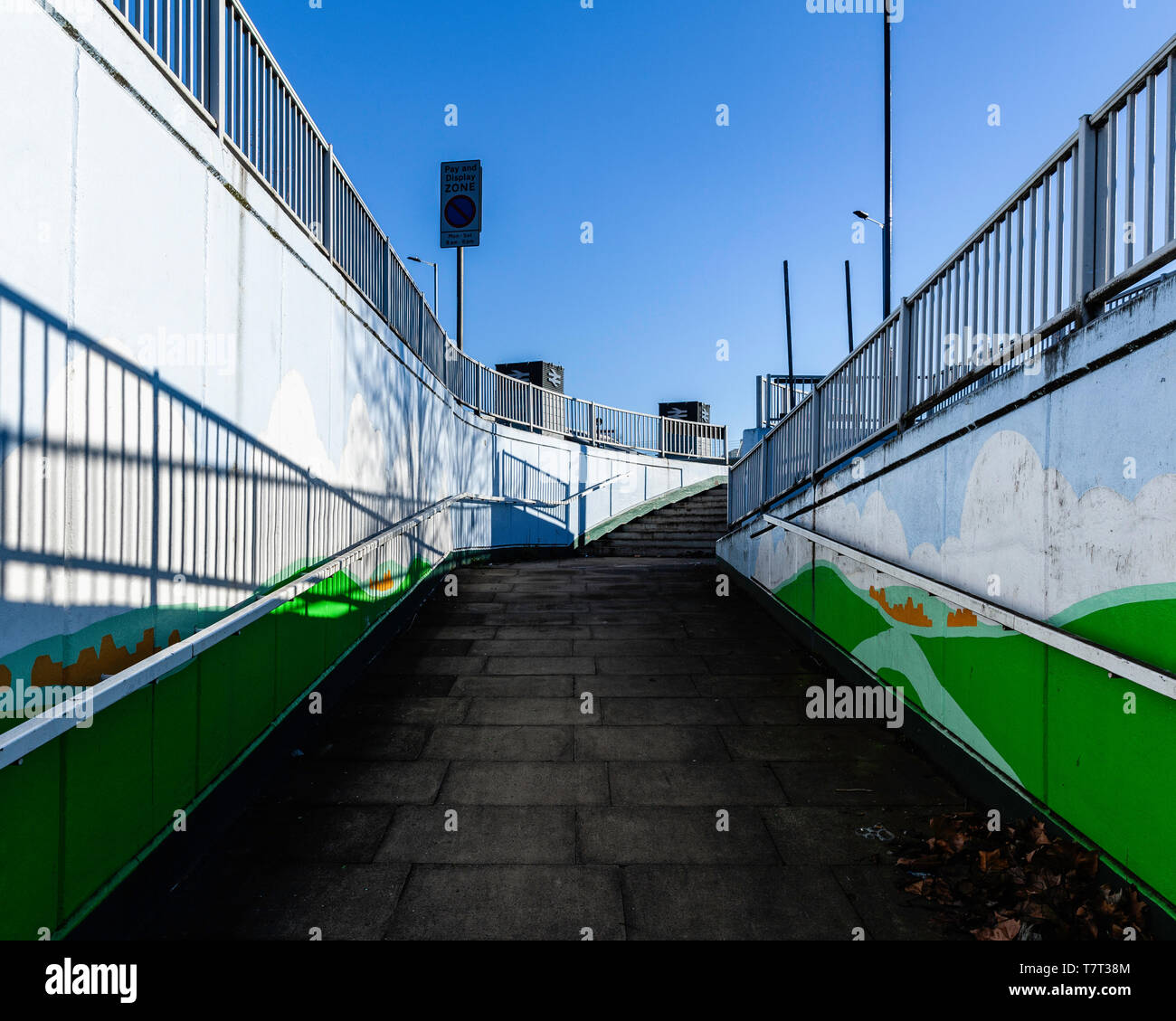
The bridge pier is composed of three 1400 mm diameter circular reinforced concrete columns supporting a cap beam. A 75 mm thick asphalt pavement is provided on the deck surface. The bridge deck is composed of seven AASHTO type VI girders spaced at 2.4 m and supporting a 225 mm thick reinforced concrete slab. The bridge has two spans with lengths of 41 m each and a slab-on-prestressed concrete girder deck supported by low-damping elastomeric bearings under each girder at the pier. The total length of the bridge is 82 m, and its width is 16 m. The bridge was built in 2000 on Highway 400 underpass at Major Mackenzie drive in Ontario, Canada. Murat Dicleli, in Innovative Bridge Design Handbook (Second Edition), 2022 8.1 Description of the integral bridge to introduce modeling procedure for seismic performance assessmentĪ two-span integral bridge is considered to introduce the modeling procedure for seismic performance assessment. In the cases of lower volumes, performances of DDI and conventional intersection are similar. The DDI generates lower delays, smaller number of stops, lower stop time, and shorter queue lengths, when compared to the performance of the conventional design. It has been shown that for higher traffic volumes, the DDI design has better performance.

(2005) studied two cases of DDI: four lanes and six lanes. Composite deck systems utilizing concrete with built-up steel girders or rolled sections can also be considered for spans in this range. Conventional reinforced concrete slabs, however, are inefficient for spans greater than 25 ft due to their excessive depth and heavy reinforcement. Three-sided structures have a maximum practical clear span of approximately 50 ft.ĭeck slabs or deck/girder designs: Prestressed slab units, stress-laminated timber decks, and/or timber decks with steel girders cover this entire span range. Four-sided boxes have a maximum practical single-cell clear span of approximately 20 ft. These structures are usually precast in segments and assembled in the field. Precast or cast-in-place reinforced concrete structures: Reinforced concrete structures for culverts and short-span bridges consist of four-sided boxes, three-sided frames, and arch shapes. The various types of units and materials available for this span range include deep fills, culverts, underpasses, tunnels, aluminum and steel plate pipes, masonry, and concrete arches. Prestressed concrete bulb-tees, I-beams, or spread boxes are alternatives worth considering. Mohiuddin Ali Khan Ph.D., M.Phil., DIC, P.E., in Accelerated Bridge Construction, 2015 10.5.7.1 Span lengths less than 40 ft 9.6.Īlternative ABC Methods and Funding Justification The plan and section views of the reinforced area are shown in Fig. The vertical scope of the primary reinforcement area and the secondary reinforcement area is from the top of the ③ 1 soil layer to the top of the ⑥ 1 soil layer, which is 3.8–14.0 m below the ground. The length of the jet grouting piles was 18.28 m from the ground to 1 m below the top of the ⑥ 2 soil layer. The secondary reinforcement area, which was within 10 m from the outer side of the jet grouting piles was reinforced by compaction grouting. The primary reinforcement area between the jet grouting piles was reinforced with splitting grouting.

The subgrade soil on both sides of the railway embankment were reinforced with double-tubed high-pressure jet grouting piles.

Before the construction of the tunnel, the subgrade of the Beijing-Shanghai Railway line at the test site was actively reinforced to ensure the safety of the shield tunnel construction and reduce the impact of the tunnel construction on the surrounding environment.


 0 kommentar(er)
0 kommentar(er)
